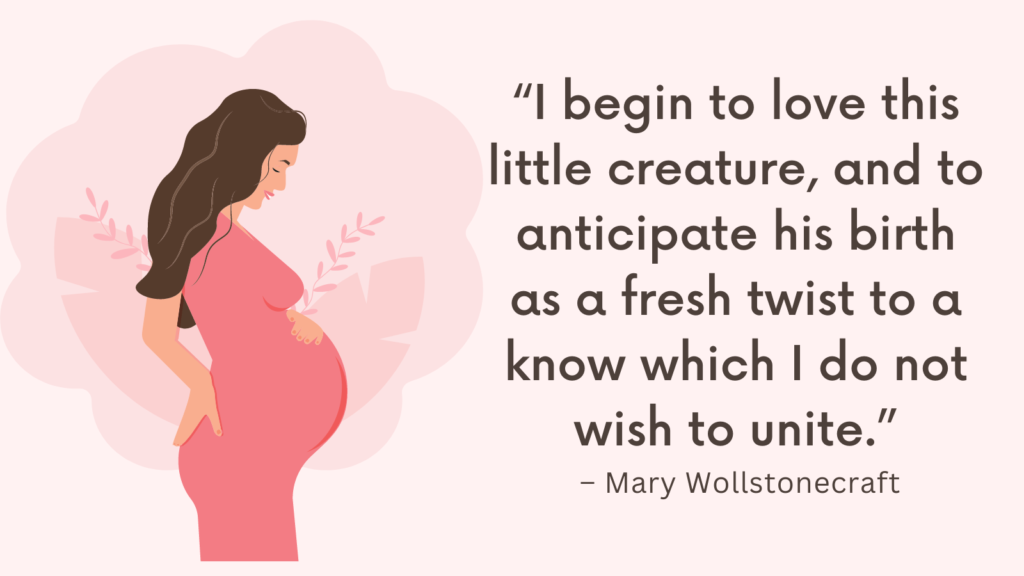Back pain, shortness of breath, and baby moving in a predictable pattern.
You’re 31 weeks pregnant! With less than 10 weeks to go, your baby is growing rapidly, developing final skills, and getting ready for birth. Meanwhile, your body is adjusting to the extra weight, increased baby movements, and new third-trimester symptoms.
Let’s explore your baby’s development, changes in your body, and how to manage symptoms at 31 weeks pregnant.
What’s Happening to Your Baby?
At 31 weeks, your baby is about the size of a coconut (28-31 cm or 11-12 inches long, head to toe) and weighs around 1,500-1,700 grams (3.3-3.7 lbs). Your little one is putting on weight, practicing movements, and fine-tuning vital systems.
Major Developments This Week:
Baby’s Brain is Growing More Complex! – Brain connections are increasing, and baby is learning more.
Lungs Are Almost Ready for Birth! – Baby continues breathing practice by inhaling amniotic fluid.
Movements Are Strong & Coordinated! – Punches, kicks, and stretches may feel stronger or sharper.
Baby’s Senses Are More Developed! – They can recognize your voice, react to sounds, and distinguish light from dark.
Fat Deposits Are Increasing! – Baby is gaining weight and preparing to regulate body temperature after birth.
Eyes Can Track Light! – Baby’s pupils dilate and contract in response to light.
Bone Marrow is Producing More Blood Cells! – This means baby is becoming less dependent on your placenta.
What’s Happening to Your Body?
At 31 weeks pregnant, you may experience more intense baby movements, increased fatigue, and common third-trimester symptoms.
Common Symptoms at 31 Weeks Pregnant:
Stronger Baby Kicks & Rolls! – Movements may be strong enough to cause discomfort.
Bigger Baby Bump! – Your uterus is now 4-5 inches above your belly button.
Back Pain & Pelvic Pressure – Baby’s weight is putting strain on your lower back and hips.
Braxton Hicks Contractions – Mild, irregular contractions may become more frequent.
Shortness of Breath – Your uterus is pushing up against your lungs.
Swelling in Feet & Ankles (Edema) – Fluid retention can cause mild swelling.
Heartburn & Indigestion – Hormones and a growing belly may cause acid reflux.
Leg Cramps & Restless Legs Syndrome – More common at night due to circulation changes.
Frequent Urination – Baby’s position and size are pressing on your bladder.
Leaky Breasts (Colostrum Production) – Your body may start leaking early breast milk.
Fatigue & Trouble Sleeping – Finding a comfortable sleep position gets harder.
How to Cope with Week 31 Pregnancy Symptoms
1. Tracking Baby’s Movements
Baby should move at least 10 times in 2 hours.
If movements slow down significantly, drink cold water or gently poke your belly.
Contact your doctor if you notice decreased movement.
2. Easing Back Pain & Pelvic Pressure
Use a pregnancy pillow while sleeping.
Wear a belly support band for added comfort.
Try prenatal yoga or gentle stretching.
3. Managing Braxton Hicks Contractions
Stay hydrated – dehydration can trigger contractions.
Change positions or walk around to relieve discomfort.
If contractions become painful or regular, call your doctor.
4. Relieving Shortness of Breath
Sit and stand up straight to give your lungs more space.
Take slow, deep breaths and avoid overexertion.
Sleep propped up with pillows for better airflow.
5. Reducing Swelling in Feet & Ankles
Elevate your feet when sitting or lying down.
Wear compression socks to improve circulation.
Drink plenty of water to flush out excess fluids.
6. Soothing Heartburn & Indigestion
Eat smaller, more frequent meals.
Avoid spicy, greasy, and acidic foods.
Don’t lie down immediately after eating.
7. Preventing & Treating Leg Cramps
Stretch your legs before bed.
Eat calcium and magnesium-rich foods (bananas, nuts, dairy).
Massage your legs or apply heat if cramps occur.
8. Improving Sleep & Fighting Fatigue
Use a pregnancy pillow to support your belly and legs.
Try sleeping on your left side for better circulation.
Take naps during the day if needed.
9. Preparing for Breastfeeding (If Planning to Nurse)
Wear breast pads if colostrum is leaking.
Read about different breastfeeding positions.
What Should You Be Doing in Week 31?
Since you’re getting closer to labor, here’s what to focus on this week:
1. Keep Attending Prenatal Appointments
Your doctor will check your uterus size, baby’s heartbeat, and overall health.
Discuss any concerns about labor, birth, or postpartum recovery.
2. Start Kick Counting Daily
Count baby’s movements at the same time each day.
If movements decrease, contact your doctor.
3. Keep Taking Your Prenatal Vitamins
Ensure your vitamin contains 400-800 mcg folic acid for brain and spinal cord development.
A vitamin with DHA & Omega-3s supports baby’s brain growth.
4. Finalize Your Birth Plan
Discuss pain relief options (epidural, natural, etc.) with your doctor.
Look into hospital or birthing center policies.
5. Sign Up for Childbirth & Parenting Classes
Learn about labor, newborn care, and breastfeeding.
Consider partner or support person classes.
6. Prepare for Maternity Leave
Confirm your maternity leave start date and work transition plan.
Make sure all necessary paperwork is completed.
7. Pack Your Hospital Bag
Include comfy clothes, toiletries, baby outfits, and important documents.
Make a checklist of last-minute items to grab before heading to the hospital.
8. Finalize Your Baby Essentials
Ensure you have newborn necessities like diapers, onesies, and a crib.
Install the car seat if you haven’t yet!
Final Thoughts
You’re 31 weeks pregnant and getting closer to the big day! Your baby is growing fast, moving a lot, and preparing for birth. Symptoms like back pain, heartburn, and leg cramps may be increasing, but you’re doing an incredible job!



